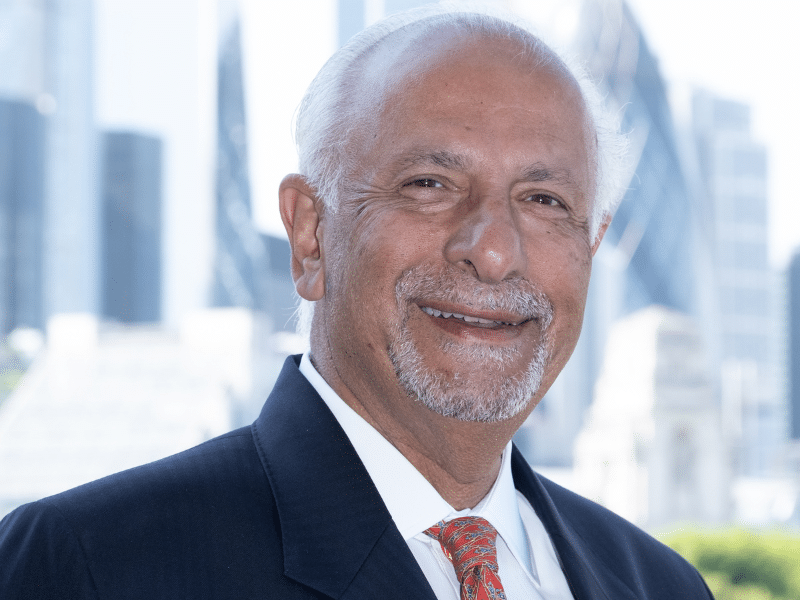 BBC News
BBC NewsBorrowing was £17.4bn last month, the second highest October figure since monthly records began in 1993.

Dinesh Dhamija
Many state visits are just window-dressing. Politicians make vague promises of lasting friendship, business leaders discuss investment opportunities, and the media queries the visiting leader’s human rights record.
There is something about Narendra Modi’s visit to the United States this week which feels different. It’s not just the lavish welcome that he’s receiving: a full State visit, reserved for only a small handful of world leaders; not just the size of the trade, technology, military, energy and political cooperation that could result; not even the explicit treatment of India as a bulwark against Chinese aggression.
What feels different is India’s status.
Americans love big things. They love being the world’s biggest economy, with the biggest companies, cars, planes. So, when India announced earlier this year that it is now the world’s most populous country, Americans paid attention. They also discovered that India had overtaken Great Britain as the world’s fifth largest economy.
Big news! Suddenly, Americans engaged with the Indian story in lots of different ways. In April 2023, the Harvard Business Review published a feature entitled “The US-India Relationship is Key to the Future of Tech” which laid out the potential benefits of a US-India corridor of investment, in which India would supplant China as a partner in supply chains, innovation hubs and joint ventures. “This makes it the most important geo-economic partner for the United States today as it ‘re-globalises’ with greater concern for national security and resilience,” wrote the author.
Already, these connections are growing stronger. In January 2023, India and America’s National Security Advisors Ajit Doval and Jake Sullivan launched the United States-India initiative on Critical and Emerging Technologies. New collaborations on artificial intelligence, healthcare and education can place India at the centre of future value chains, building on its well-established role as the world’s back office.
In 2047, India is likely to have 1.5 billion internet users, half a billion electric vehicles, and a financial system processing 300 billion transactions annually. This week Jake Sullivan described the India-United States relationship as “one of the defining partnerships of our age.”
In all kinds of ways, India has become an innovator and pacesetter. Its Aadhaar programme is “the world’s largest and most sophisticated biometric identification system,” according to the Harvard Business Review, making the US social security ID system look dated and inefficient.
Instead of seeing India as a source of cheap labour, US businesses “should view India has been a genuine hub of innovation,” announced the Harvard Business Review. And in a 2023 report, PricewaterhouseCoopers claimed that India is beginning to rival China and the United States in its tech development, “with tech companies equal in their sophistication and prominence to international counterparts.” It forecasts that India’s economy will be the world’s third largest by 2030 and that its GDP could overtake that of the US by 2060.
Just one generation away from becoming the world’s largest economy?
That’s even bigger news.
Dinesh Dhamija founded, built and sold online travel agency ebookers, before serving as a Member of the European Parliament. His latest book, The Indian Century, will be published later this year.